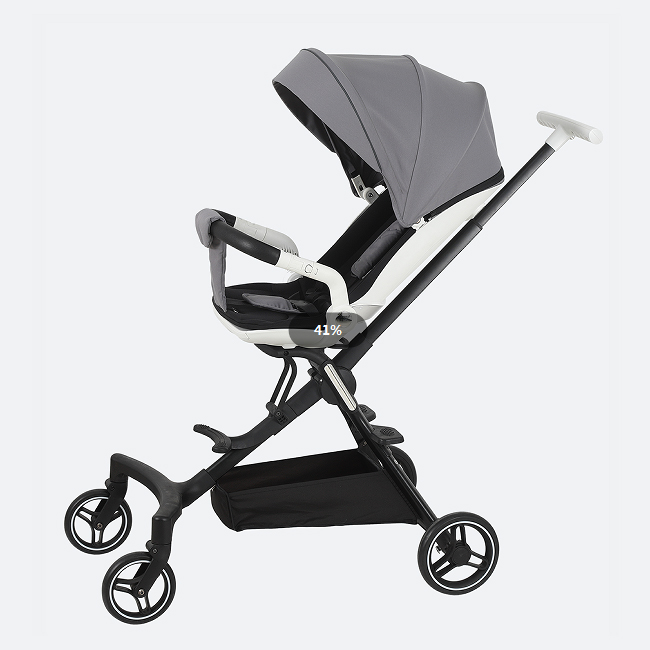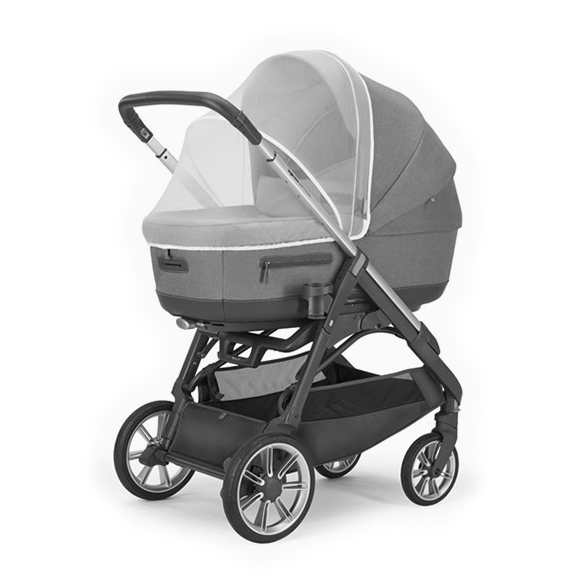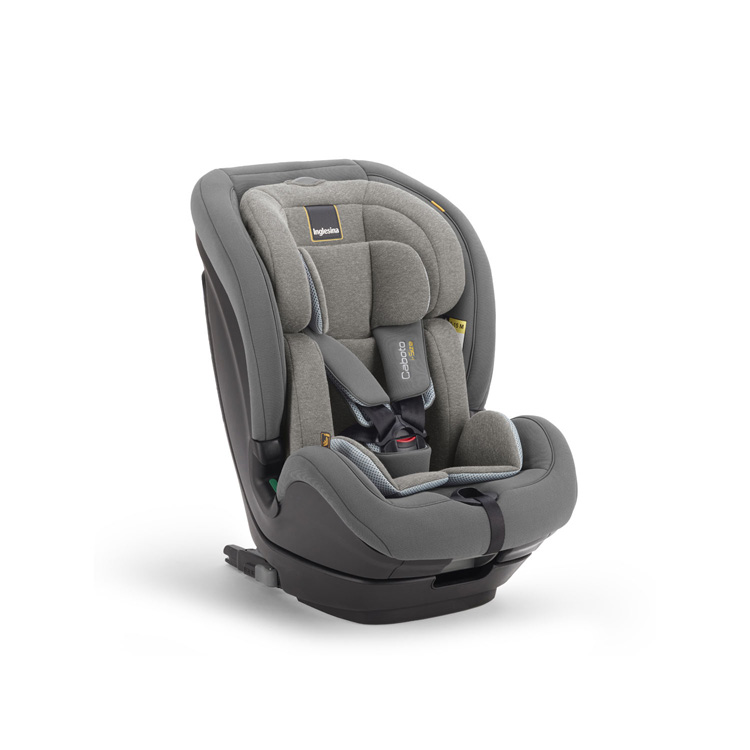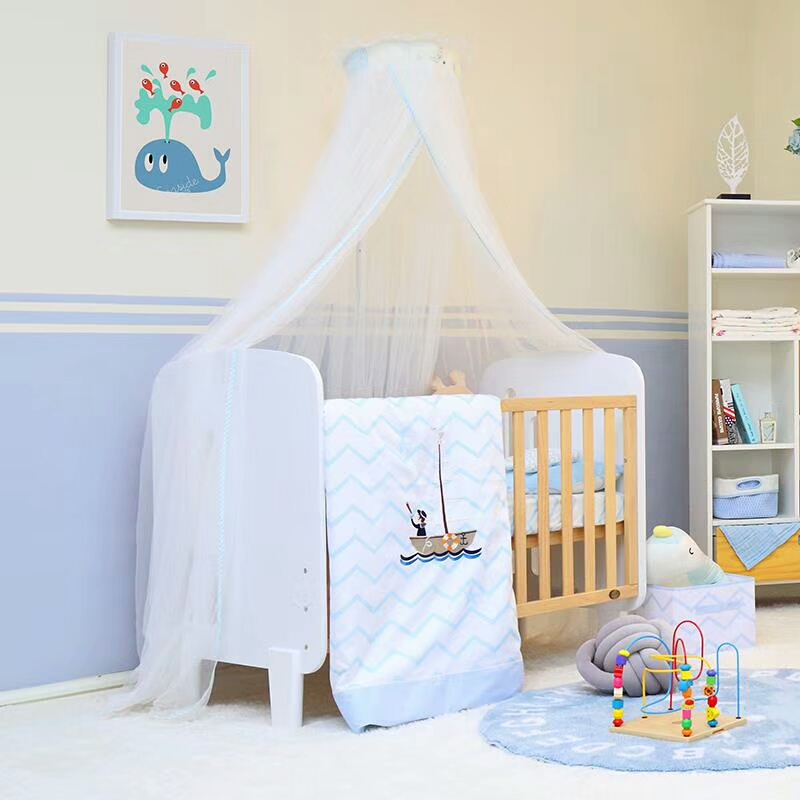Comparison of child mattresses made of different materials
| Material type | Suitable for age | Advantages | Disadvantages | Hardness grade |
| Palm mattress | Children aged 3-6 | Natural environmental protection, moderate hardness and good support | Relatively short service life | Slightly stiff |
| latex mattress | Children aged 1-6 | Good air permeability, high comfort, anti-bacterial and anti mite | High price, may cause allergy | Moderate hardness |
| Spring mattress | Teenagers over 15 | Strong durability and good support | Poor air permeability and possible mildew | Moderate hardness and softness |
| Sponge mattress | Game pad / temporary use | Price friendly, soft touch | Insufficient support and easy to collapse | Too soft |
| Blend material | Children aged 6-15 | Adjustable for support and comfort | Higher price | Adjustable |

Choose a child mattress by age group
0-1 years old: need strong support
At this stage, the infant's spine is not yet fully developed, so a harder mattress should be selected to ensure that the spine can be kept in a straight line. You can choose a flat bed with a slightly soft cushion to improve the baby's comfort.
1-6 years old: moderate hardness is the most important
At this time, the child's spine gradually takes shape, but it is still fragile. You should choose a latex mattress with moderate hardness. This mattress is not only comfortable, but also has good air permeability, which is conducive to the healthy development of the child.
6-15 years old: adapt to physical changes
At this stage, the child's body experiences rapid changes, and the spine is easy to deform. It is recommended to choose a double-sided mattress with moderate softness and hardness. One side is latex and the other side is jute, so as to adjust according to the child's weight and needs. For children weighing more than 45kg, special spring mattress for children can be considered.
Over 15 years old: close to adult needs
When the child reaches the age of 15, his bones are generally mature and his weight has also increased significantly. At this time, a spring mattress with moderate hardness should be selected to better support the spine and ensure the healthy growth of the child

Key factors for purchasing children's mattresses
1. safety first
Ensure that the mattress material is non-toxic and harmless, and does not contain formaldehyde, fluorescent agents and other harmful substances. Children's skin barrier function is not yet perfect, and their sensitivity to chemicals is more than 3 times that of adults.
2. moderate hardness
The hardness of the mattress should match the child's bone development stage. 3-6-year-old children should choose hard brown cushion, which can prevent scoliosis; Children older than 7 years can choose latex and brown mattress composite mattress.
3. important air permeability
Choose a mattress with good air permeability, such as latex or palm mattress, which can keep the mattress dry and reduce the breeding of bacteria.
4. proper size
The mattress length should be slightly longer than the baby's height, and the width should be slightly wider than the baby's shoulder width 7. The thickness of the mattress is recommended to be controlled at 8-12cm. Excessive thickness is likely to increase the risk of falling into the bed.
5. easy to clean
Children have weak self-control ability and are prone to bed wetting. The removable and washable feature makes cleaning more convenient
Frequently asked questions
Latex mattress vs. brown mattress: which is better?
It depends on the child's specific needs. Brown mats are usually more suitable for developing children because they provide stronger support and contribute to healthy bone development. The latex mattress provides better comfort and breathability, but it is necessary to ensure that children are not allergic to latex.
How often does the mattress need to be replaced?
It is recommended to replace the child mattress every 5-8 years, or replace it in time when there is obvious collapse. Pillows shall be replaced every 3 years, and bedsheets shall be replaced every 2 years or in advance when obvious pilling or fading occurs.
How to maintain children's mattress?
Turn the mattress over regularly to make it wear evenly;
Clean according to the material requirements: pure cotton bedding can be machine washed, but the soft mode should be selected; Silk quilt needs hand washing; Latex products shall not be exposed to the sun
The bedding is dried twice a week for 2-3 hours each time, which can kill more than 90% of mites
Epilogue
Choosing children's mattresses is a decision that requires comprehensive consideration of various factors. No material is absolutely perfect. The most important thing is to choose the most appropriate product according to the child's age, weight, personal health status and family environment.
Remember, hard palm mattresses are suitable for young children, latex mattresses balance comfort and support, and spring mattresses are more suitable for teenagers. No matter what kind of mattress you choose, you should ensure its safety, breathability and appropriate hardness, so as to provide good sleep support for the healthy growth of your child.
To invest in a high-quality children's mattress is to invest in the future health and development of children. I hope this guide can help you make a wise choice so that your child can enjoy sweet and healthy sleep every night!






